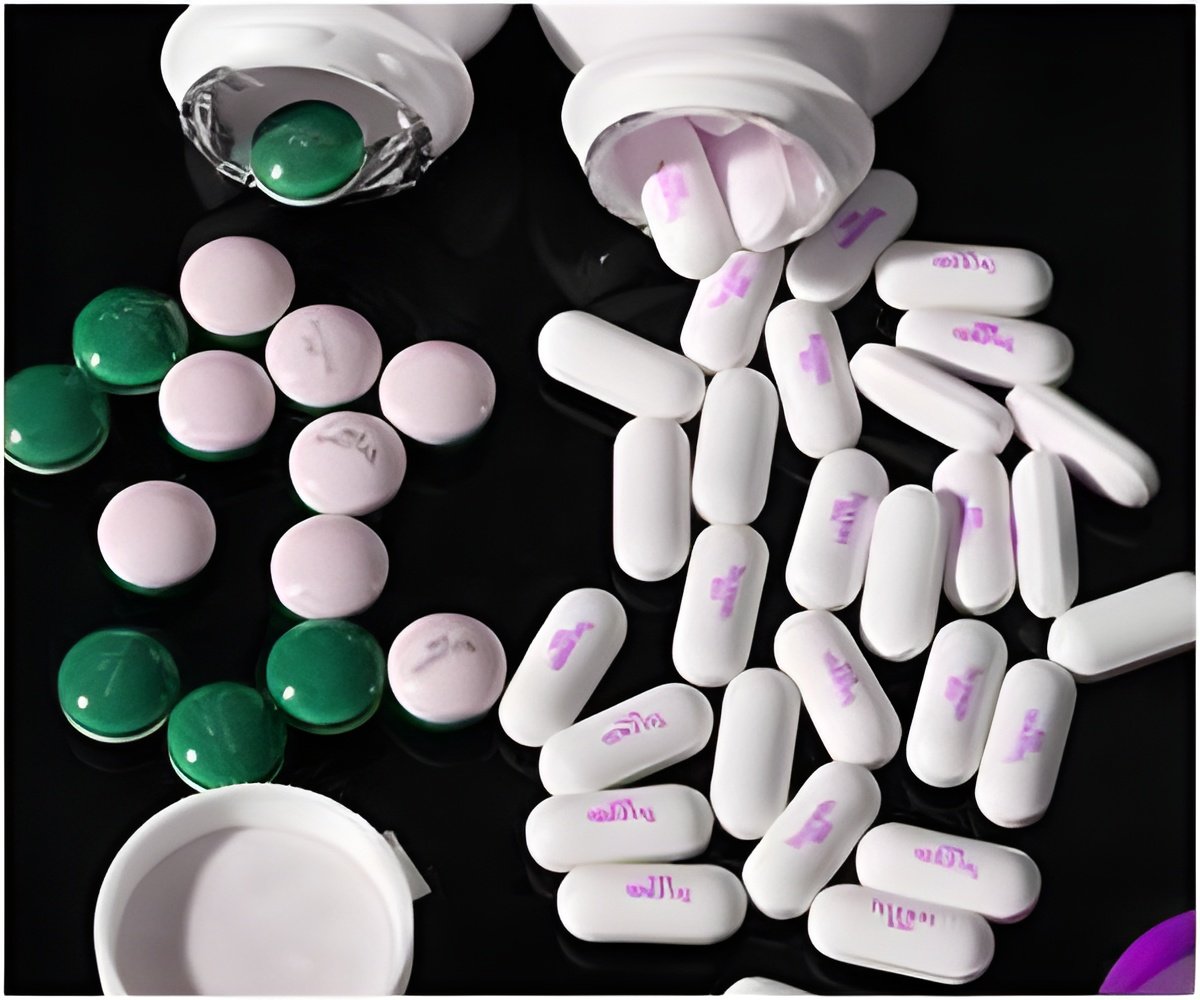PhD reports on a pharmacological characterization of the drug RG3039, demonstrates that it can extend survival and improve function in two spinal muscular atrophy (SMA) mouse models.

In addition, the laboratory has shown improved functional outcomes, including treadmill walking and gait dynamics, in animals receiving the drug. The laboratory has been testing RG3039 in SMA mouse models with disease phenotypes ranging from mild to severe.The collective results suggest that RG3039 positively modifies motor unit pathologies and dysfunction, and that it may have therapeutic benefit for SMA.Spinal muscular atrophy (SMA) is a devastating hereditary disease that is a leading cause of infant and early childhood mortality.
Motor neurons in the spinal cord are affected, resulting in muscle weakness and in many cases breathing problems. SMA is caused by insufficient levels of the survival motor neuron (SMN) protein; depending on the level of SMN protein, patients may have mild to severe forms of SMA. There is currently no cure for the disease.The goal of early SMA drug discovery programs has been to identify small molecules that induce the SMN gene to produce sufficient levels of protein to improve motor neuron functioning in affected patients.
A promising drug candidate is RG3039, which has been shown to increase nuclear gem/Cajal body numbers in cellular assays.Says DiDonato: "We are very happy that our research was able to assist in the pharmacological characterization of RG3039 and contribute to dose selection and exposure estimates for the first studies with RG3039 in human subjects. We are indebted to my colleague, Nancy Kuntz, MD, and co-author laboratories of Drs. Jasbir Singh and Mike Kiledjian along with Repligen and Families of Spinal Muscular Atrophy (FSMA), who initiated the development of this drug candidate.
The depth of our manuscript would not have been possible without this group collaboration. Also, it is reassuring that our results of improved motor unit dysfunction in SMA mice treated with RG3039 mirror the independent findings by the laboratories of Drs. Sumner and Ko. Improved neuromuscular function is an obvious goal for SMA therapies. Thus, this drug candidate warrants further investigation. Overall, this SMA candidate drugis an exciting time as we take another step forward towards developing therapies for SMA patients."
Source-Eurekalert










